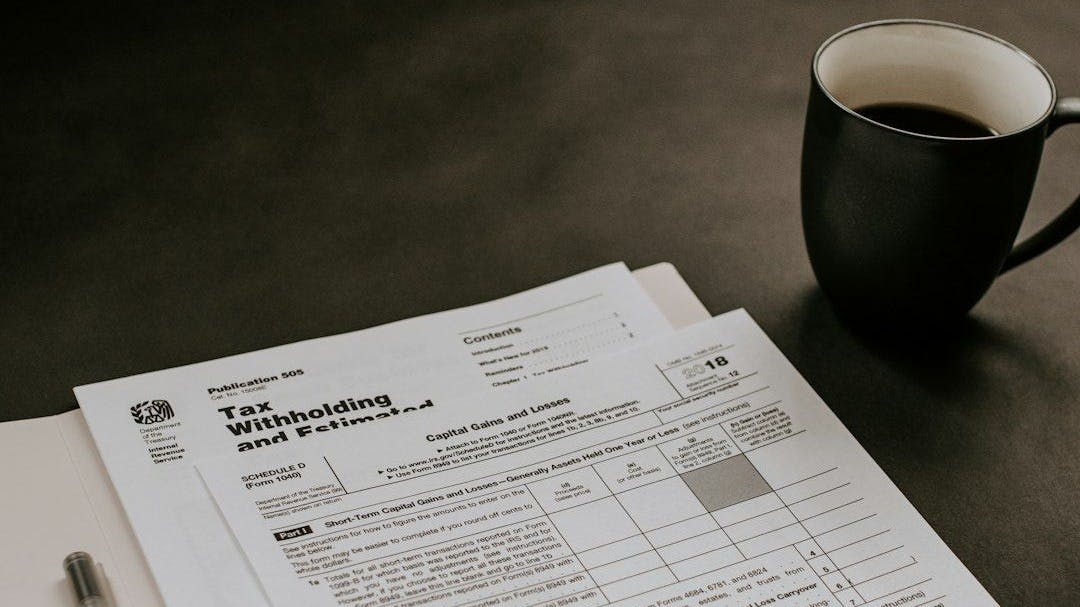Table of Links
Abstract and 1. Introduction
-
UBI schemes analysed and method
-
Fiscal effects
-
Distributional effects
4.1. Poverty and inequality indicators
4.2. Distributional effects in terms of winners and losers
-
Conclusion and References
2. UBI schemes analysed and method
As mentioned above, three hypothetical UBI schemes have been simulated. The first scheme considered (Scheme 1) combines a uniform payment of a basic income to every individual in society with a flat rate income tax on all other incomes, from the first real. Such a system, usually referred to in the literature as ‘basic income/flat tax proposal’ (see, for instance, Atkinson 1995), is equivalent in terms of distributional impact to the Negative Income Tax (NIT) proposed by Milton Friedman (1962).[7]
In our simulations, existing (contributory and non-contributory) pension benefits are reduced by the amount of the basic income and all other cash benefits are totally replaced by the basic income. On the revenue side of the budget, the current personal income tax and employee social security contributions are abolished. The rate of the new income tax is calculated to ensure that the reform is ‘budget neutral’, in the sense that increases in net spending are matched by increases in (net) tax revenue, so that the budget deficit is not exacerbated.
Some advocates of UBI believe that the benefit level should be set at an amount large enough to ensure a basic level of income security for everyone, including those without any other source of income. The national poverty line and the median income are often taken as references. In our simulations, the UBI is set at the level of the poverty line suggested by the World Bank for upper-middle-income countries, which is US$5.50 a day. This was equivalent to 51% of the Brazilian per capita median disposable income in 2017 (our reference year). [8]
The second scheme simulated differs from Scheme 1 in that the level of the basic income varies according to the age of the recipient: a standard amount equal to the poverty line is paid to working age adults (18 – 64 years), half this amount is the basic income paid to children (under 18 years), and double the standard amount is paid to elderly people (65 and over).[9]The basic idea here is to enhance fiscal and political feasibility with respect to Scheme 1, as under Scheme 2 the net cost of UBI is expected to be lower, particularly to pensioners. By its turn, the third scheme considered differs from Scheme 2 in that, the income tax has a lower marginal rate on incomes below a certain threshold. This lower rate is set at 20% and it is applied on income levels that are lower than twice the median per capita household gross income.[10]
All simulations are performed using a static tax-benefit microsimulation model, BRAHMS (Brazilian Household Microsimulation System), specially built to incorporate key features of the Brazilian tax-benefit system.[11] A microsimulation model is a computational programme that calculates tax paid and transfers received by individuals/households in a nationally representative sample of the population. The model takes into account the interaction among the different policy instruments built into the tax-benefit system, and it is thus particularly suitable to evaluating the distributional and budgetary impact of tax and benefit reforms. The particular version of the microsimulation model used in this study is based on the household survey Pesquisa Nacional por Amostra de Domicílios Contínua (PNADC) for the year 2017, carried out by the Brazilian Institute of Geography and Statistics. [12] As the model is static, the simulations only estimate first-round effects and do not consider behavioural responses.[13]
The basic microsimulation outcome we are concerned with is the disposable income of each household under the existing tax-transfer system and under each UBI reform. Changes in disposable income at the household level determine the distributional effects of the reform and, on the aggregate, they explain the impact on fiscal variables.
:::info
Authors:
(1) Rozane Bezerra de Siqueira, Department of Economics, Centro de Ciências Sociais Aplicadas, Universidade Federal de Pernambuco, Av. dos Economistas s/n, Recife-PE, CEP 50740-580 ([email protected]);
(2) José Ricardo Bezerra Nogueira, Department of Economics, Centro de Ciências Sociais Aplicadas, Universidade Federal de Pernambuco, Av. dos Economistas s/n, Recife-PE, CEP 50740-580 ([email protected]).
:::
:::info
This paper is available on arxiv under CC BY 4.0 DEED license.
:::
[7] The two schemes differ in the way they are implemented. Under the NIT most individuals receive part or the whole of the basic income grant in the form of tax exemptions.
[8] In 2017, this poverty line corresponded to R$406 per month, equivalent to 43% of the legal minimum wage, as well as of the basic pension paid by the Brazilian social security system in the same year.
[9] In 2017, 65 was the standard statutory retirement age for males in Brazil (although some regimes permitted retirement much earlier).
[10] In 2017, the monthly median per capita household gross income was R$850.











